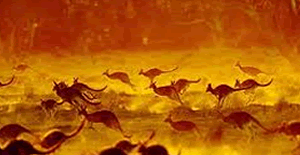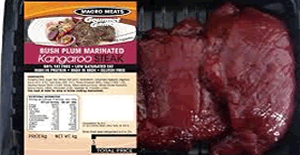Kangaroo culling

The culling of kangaroos continues to divide Australians.
There are many pints of view. Those in favour say it is necessary to keep kangaroo populations under control. Those against, however, say it is needless cruelty. Some species of kangaroo flourish their numbers become so large that it impacts on the environment which can lead to damage of native grasslands.
One of the arguments that opponents to culling put forward is that kangaroos have existed harmoniously with the environment for thousands of years. The environment regulates the numbers of kangaroos that can be supported without the need for wholesale slaughter.
It is the farmers, however, that complain of large kangaroo populations that have an adverse influence on their farms. Kangaroos compete with domestic animals for grass and when numbers increase, damage to fences can occur as well as presenting a significant danger to road users.

Information sourced from http://www.kangaroo-industry.asn.au/media/ki_med_kit_gen.html on 8/1/2014 5.51 pm
Culling kangaroos, however, is not purely to reduce their number but also to harvest their meat for Human consumption. The kangaroo meat trade is reported to be worth around 270 million dollars per year employing, around, 4,000 people, most in remote locations. After all, Human predation is a natural part of the ecology which has taken part for over 40,000 years. Over this time period, kangaroo populations have fluctuated for small periods of time according to environmental conditions such as drought, but have remained largely steady as shown by the graph below.


1) What type of environmental conditions do the troughs and peaks indicate were present at the time?
2) Does this graph show sustainability in the kangaroo population? Explain
3) The population of kangaroos in 2007 was
4) What are the environmental benefits of culling?
5) What are the industry benefits of culling?
6) Opponents argue that the environment and the kangaroo population live in harmony and we should not intervene. What has taken place in the last, say 100 years, that has changed the need for Human intervention?
7) Opponents of the kangaroo cull have compared the kangaroo culling to the killing of the baby seals in Canada. Is this a fair comparison? Explain